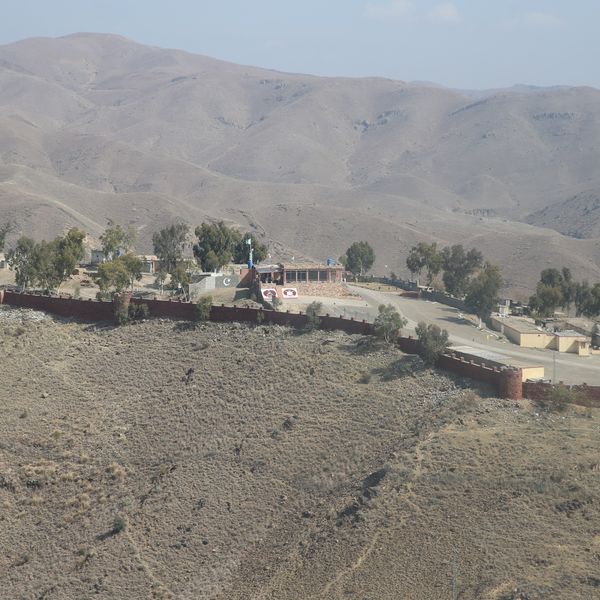South Asian economies show recovery amid improved policies
Pakistan's growth turned positive in FY24 reaching 2.5%
Business Desk
The Business Desk tracks economic trends, market movements, and business developments, offering analysis of both local and global financial news.

South Asian countries, including Pakistan, have shown economic gains due to improved macroeconomic policies, according to a recent World Bank report.
Pakistan's growth turned positive in FY2023/24, reaching 2.5%, driven by better weather conditions boosting agricultural output and increased industrial production following the lifting of import controls and reduced political uncertainty after February's general election.
Inflation in the region has declined since mid-2022, with India's inflation staying within the central bank's target range except for a breach in October 2024.
Excluding India, regional inflation has been on a downward trend, with most countries, including Nepal and Sri Lanka, seeing inflation within or below target ranges.
Pakistan saw headline inflation fall to single digits in August 2024 for the first time since late 2021, reflecting tight fiscal and monetary policies. Central banks in the region began cutting policy rates in the second half of 2024 as inflationary pressures eased.
Foreign exchange reserves increased in several countries, including Pakistan and Sri Lanka, while Bangladesh and Maldives experienced declines due to currency pressures.
Easing inflation is expected to boost private consumption and support industrial growth, with reduced uncertainty improving business and investor confidence.
Fiscal adjustment efforts are projected to continue in countries like Maldives, Nepal, Pakistan, and Sri Lanka. Region-wide fiscal deficits are forecast to be stable, mainly due to fiscal adjustments offset by increased interest payments in Pakistan and infrastructure investment in Bangladesh.
Government debt-to-GDP ratios are expected to decline gradually but remain elevated, with high debt-servicing costs projected in several countries. Inflation is expected to moderate further, especially as exchange rates stabilize.
Per capita income growth in Bangladesh, Pakistan, and Sri Lanka is expected to be weaker in 2025-26 than in the decade before the pandemic, implying slower poverty reduction and income catch-up. Risks to the outlook include heightened policy uncertainty, higher commodity prices, and increased food insecurity and poverty.
Youth unemployment remains high in the region, with delays in policy reforms potentially worsening investor confidence and economic activity. Slower-than-projected growth in major trading partners could dampen activity, while stronger-than-expected activity in the U.S. and China could stimulate faster growth in the region.










Comments
See what people are discussing